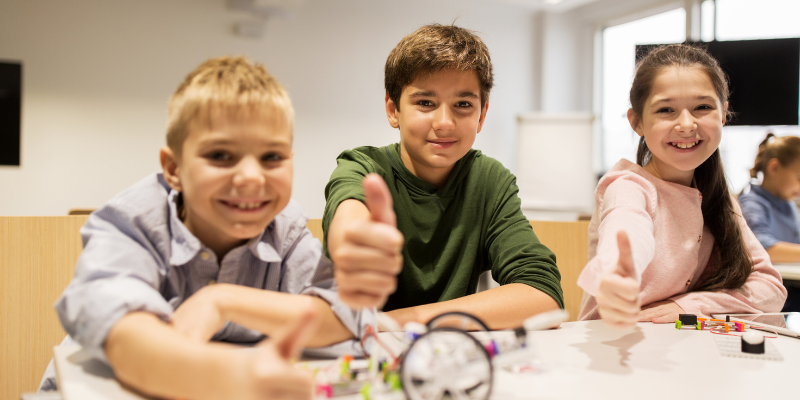This blog was last updated on 10 August 2025
This blog is presented by Twin Science, a global education technology company empowering educators through AI-enhanced learning solutions.
Why Should We Measure AI’s Educational Impact?
Why does it matter to track and measure how AI is influencing learning outcomes?
AI is rapidly becoming part of everyday teaching, from personalized learning platforms to automated feedback systems. But without measuring its actual impact, we risk treating AI as a novelty rather than a meaningful educational tool. For educators, this means asking: Is AI genuinely improving learning experiences, or just adding another layer of technology?
Measuring impact helps you distinguish between tools that truly support your students and those that simply look impressive. It allows you to connect AI use with tangible outcomes, whether that’s better problem-solving skills, improved STEM engagement, or deeper critical thinking.
If you want to link AI use to real student growth, explore classroom-ready AI learning solutions designed to capture and reflect your students’ meaningful progress.
What Does “Impact” Look Like in AI-Driven Learning?
How can we define and recognize genuine AI impact in education?
AI’s influence isn’t just about higher test scores. Impact shows in how students think, collaborate, and apply their learning to real-world challenges. Are they asking more questions? Are they demonstrating resilience when a project gets difficult? Are they connecting STEM concepts to social responsibility?
These are the qualities at the heart of Twin’s Learning Vision, helping learners become curious, creative, and conscientious problem-solvers. Measuring impact means looking beyond grades, toward the skills and attitudes that prepare students for a changing world.
How Can Educators Measure AI’s Effectiveness?
What practical methods can you use to assess AI’s role in learning?
-
Set clear, measurable goals before introducing AI tools, know what you want to see change.
-
Use both qualitative and quantitative data: combine test results with classroom observations, student reflections, and project outcomes.
-
Track skill development over time, especially in areas like critical thinking, collaboration, and self-management.
-
Engage students in self-assessment so they can see and articulate their own growth.
By combining these methods, you can capture the full picture of AI’s impact: academic, social, and emotional.
As AI becomes part of daily learning, start using hands-on AI tools with built-in progress tracking to see how your students are growing in real time.
Why Twin’s Double-Wing Philosophy Matters Here
How does Twin’s approach influence how we think about AI measurement?
The Double-Wing Philosophy holds that true education balances competence in STEM with a strong sense of social responsibility. When we measure AI’s impact, we should evaluate both wings:
-
Competence: Has AI improved students’ ability to analyze, solve problems, and create in STEM areas?
-
Conscience: Are they using their new skills to address real-world issues, collaborate meaningfully, and think ethically?
By keeping both wings in balance, we ensure AI supports not just academic achievement, but the growth of future-ready, socially conscious individuals.
From Data to Action: Making AI Insights Count
How can you turn AI measurement into better teaching and learning?
Data only matters if it leads to action. Use what you learn from measuring AI’s impact to refine lesson plans, choose better tools, and support individual student needs. Share findings with students so they understand their own progress—and with families to build trust and collaboration.
With Twin, you can integrate AI tools that align with global education standards, track both skill and value development, and inspire curiosity through hands-on learning.






